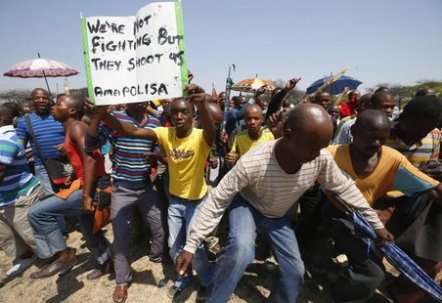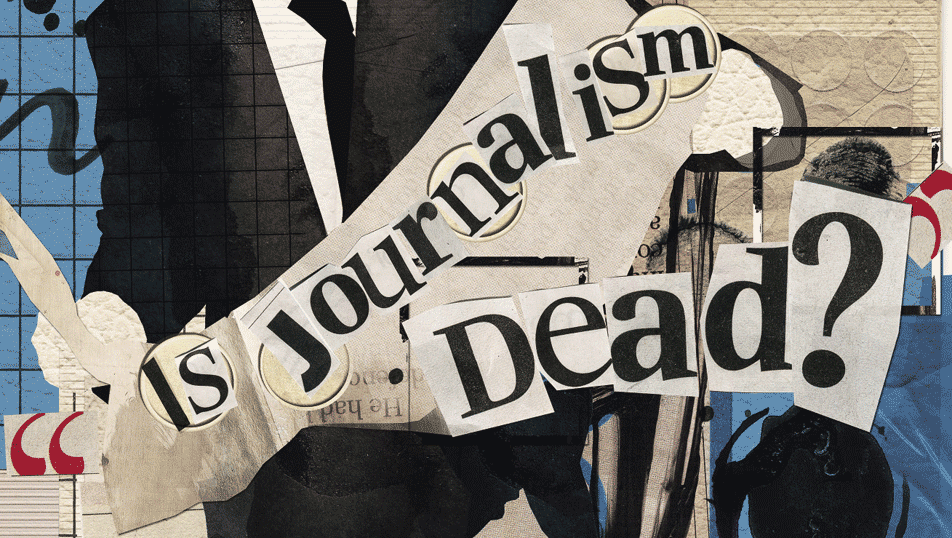
Last month, violence erupted at a South African platinum mine when at least 13 men were wounded by security guards who fired rubber bullets and hacked at workers with machetes, allegedly to end a confrontation between two rival unions.
Anglo American Platinum (Amplats) is the world´s largest platinum producer, located in the Rustenburg area 70 miles from Johannesburg. The corporation accounts for over 80% of global platinum production and has been at the centre of clashes between security forces and miners since workers went on strike in mid-January over Amplat´s announcement to cut 14,000 jobs and sell union mines, in a bid to save $4.2bn.
It´s not the first time bloody protests have put South Africa´s mining sector in the spotlight. In August last year a mine owned by Lonmin Plc in Marikana, also in the Rustenburg region, was the scene of the worst violence the country has seen since the end of apartheid. On August 10, three thousand workers walked out after Lonmin´s management refused to negotiate over pay. The first incidents of violence were reported to have started the following day, when National Union of Mineworkers (NUM) leaders opened fire on striking miners. In the next three days, another eight workers, two police and two security guards were killed. On August 16, which marked the 25th anniversary of a nationwide South African miner´s strike, riot police arrived to disperse the miners. This culminated in the death of over 50 people, including 34 striking miners shot dead by police. A further 78 were injured. The incident, dubbed the Marikana massacre, was the single most lethal use of force by South African security forces against civilians since 1960.
But despite this, corporate media again blamed the bloodshed on rivalry between the NUM and its rival, the Association of Mineworkers & Construction Union (AMCU).
This ongoing vicious struggle, which has seen the two battling it out for membership and control over union offices, was no doubt instrumental in the tragic events at both Lonmin and Amplats. But there´s a much bigger story that is being overlooked by focusing on a fight between two groups of underpaid, desperate miners. It´s the story of multinational corporations exploiting human beings for the sake of profit. It´s a story which hints at possible connections between the mining industry and the police sent to kill those who dare to demand fair pay and safe working conditions. And it´s the story of mainstream media, for the most part, covering up and misreporting these injustices.
Capitalismo Mafioso? You decide.

